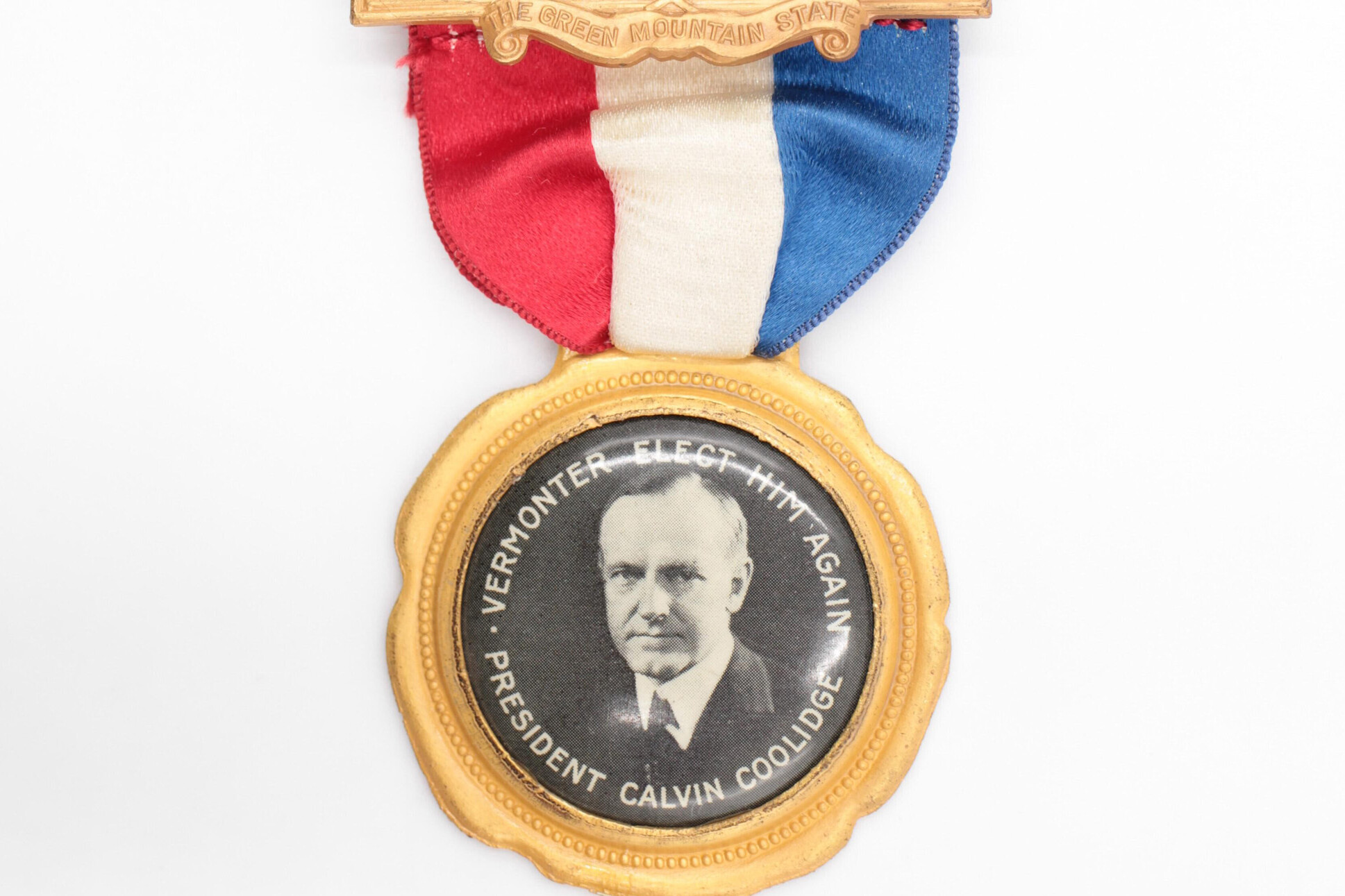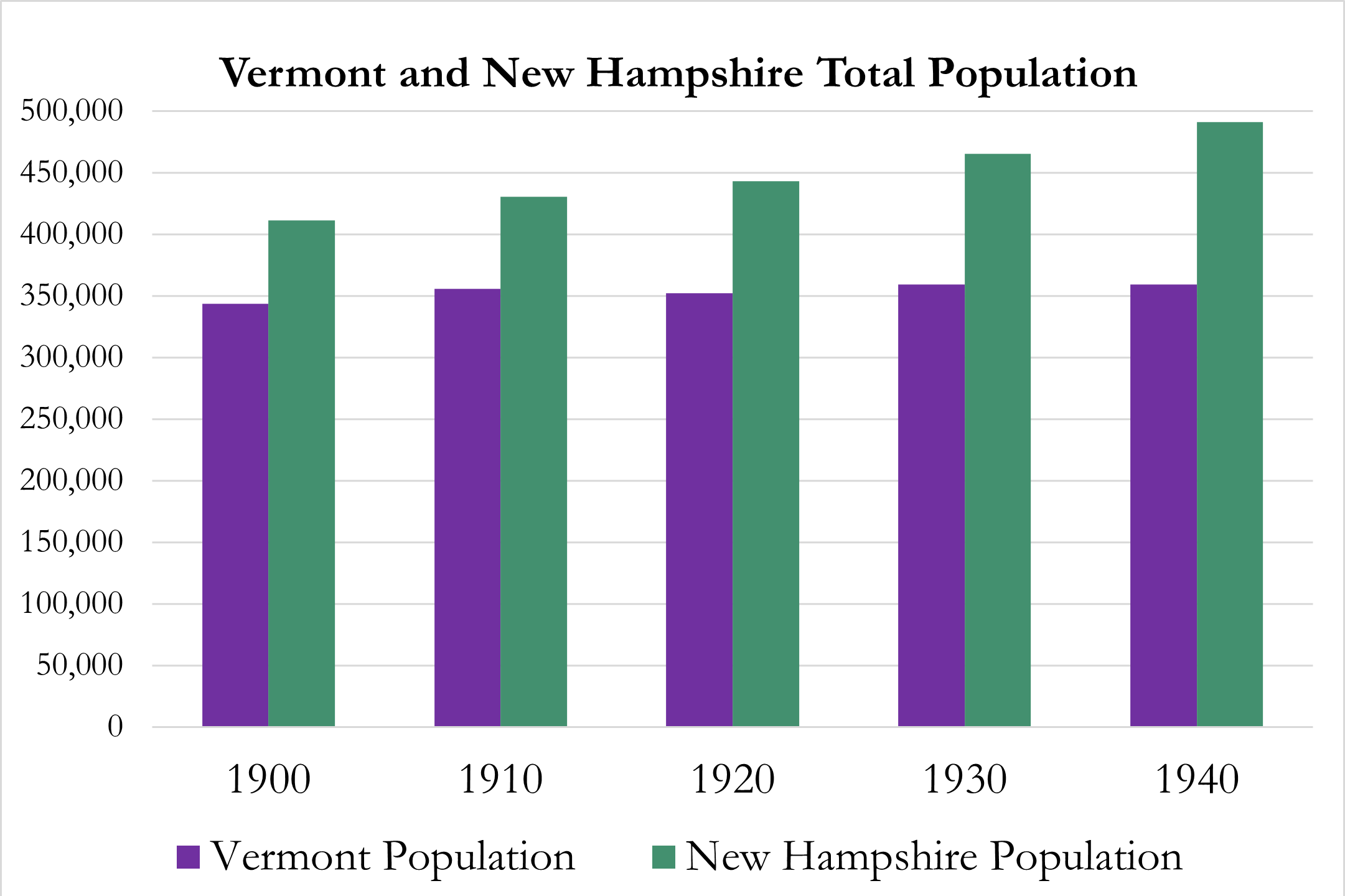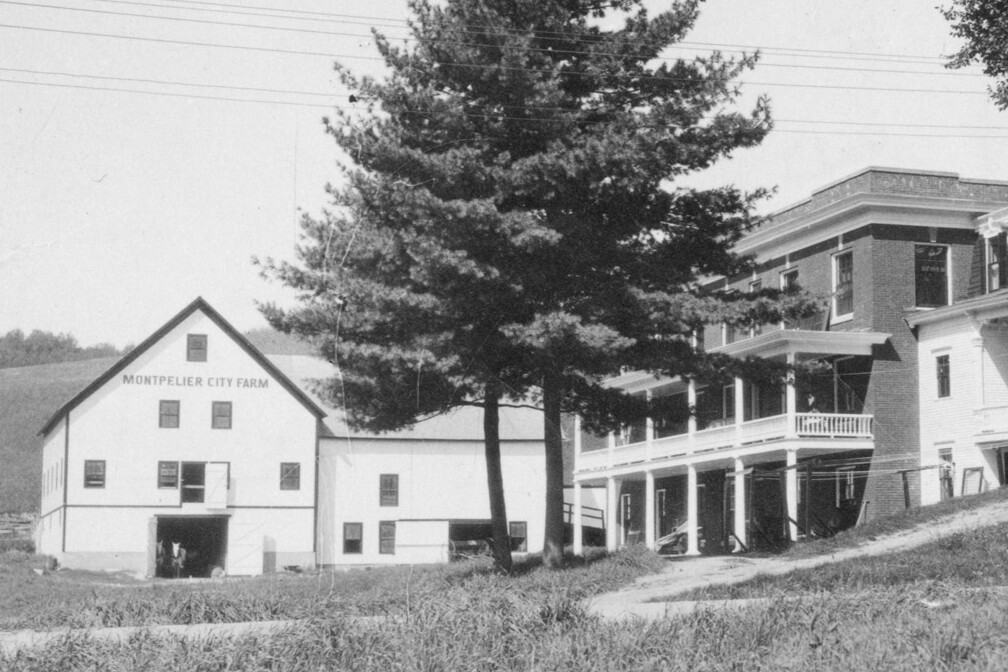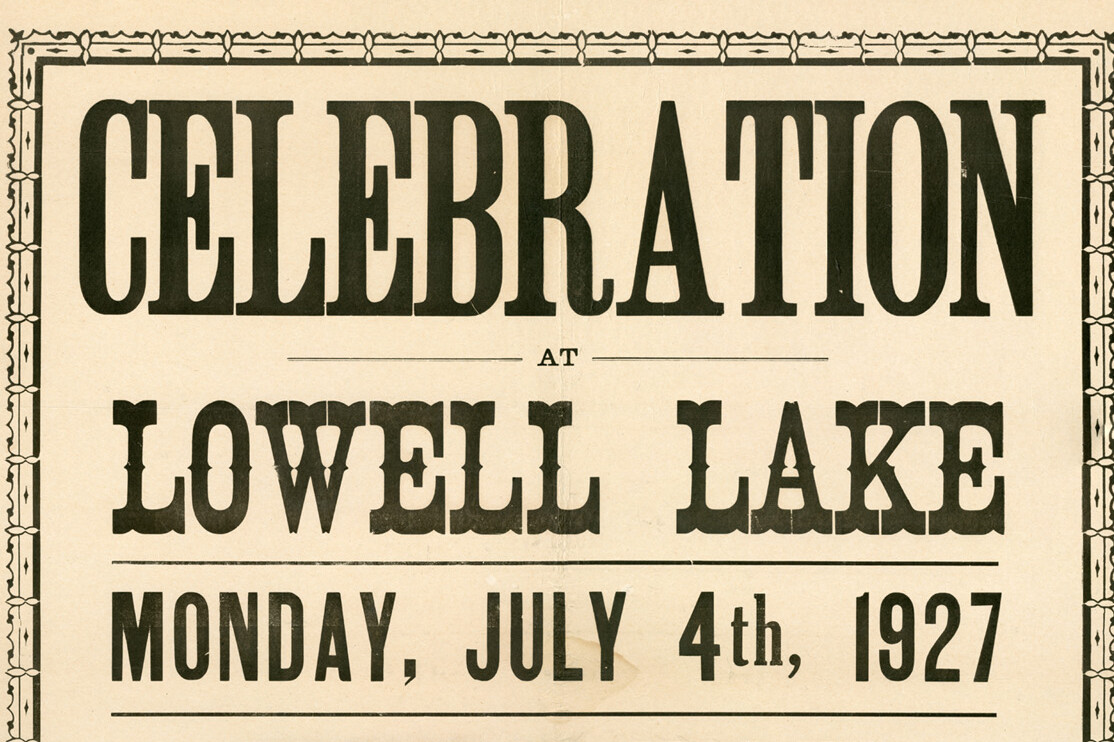1920s - The People
Who was a Vermonter in the 1920s?
In the 1920s, a Vermonter was president of the United States. Both Calvin Coolidge and his wife, Grace, were born in Vermont. Although they moved to Massachusetts and then Washington, D.C., they took pride in their Vermont roots.
Calvin Coolidge’s inauguration(ceremony to place someone, like a president, in office) on his father’s farm made Plymouth Notch famous. Tourists liked to visit the small village in rural(country, not the city) Vermont. People from Coolidge’s home state could join the Home Town Coolidge Club.
Over 78% of Vermonters voted for Coolidge in the 1924 election. This was the second presidential election in which women could vote. Four years earlier, the 19th Amendment(the change to the US Constitution that allowed women to vote) gave women the right to vote in all elections.
In 1920, there were 352,428(three hundred, fifty-two thousand, four hundred twenty-eight) people living in Vermont. This was a smaller number than the population in 1910. In many other states, like New Hampshire, the population increased every decade(period of ten years). Population grows when more people are born than die. Or when more people move to the state than move away. But Vermont was different.
Vermont’s population was stagnant(not moving, staying the same). The total number of people did not change much. Some Vermonters moved from small villages to cities like Burlington or Rutland. But more Vermonters moved out of state. They found jobs in places like Massachusetts or New Hampshire.
Some people worried that Vermont’s population was not growing. In 1921, Vermont Governor James Hartness said that Vermont “has been asleep industrially(related to business).” He thought Vermont needed new businesses and factories. New jobs would attract new residents and keep Vermonters in the state.
People also worried about poverty(being poor) in Vermont. But this concern led to bad decisions.
A group called the Vermont Commission on Country Life formed in 1928. They said they wanted to help rural Vermonters. But the commission was prejudiced(having an opinion about someone or something without a good reason) against people who were poor and people with disabilities. They also treated Abenaki and French Canadian people unjustly. Because of the commission’s work, the State of Vermont passed a law that kept some Vermonters from having children.
Some Vermonters joined the Ku Klux Klan in the 1920s. This group was prejudiced against Black Vermonters. The Klan was also against people who were Catholic or Jewish. In 1922, the St. Johnsbury newspaper said “There is no place in Vermont for the Ku Klux Klan.”
Even though there were dark times in the 1920s, there were also good times. Communities gathered for picnics, parades and fairs. People went to work and school. And Vermonters welcomed tourists to visit their beautiful state.
Thinking About History
Historians ask questions to think deeply about history.
Why is it important to learn about both good times and bad times in history?
What can people do today to recognize harm that Vermonters caused in the past? How can Vermonters prevent prejudice now and in the future?
Learn More
Follow the links below to explore related topics.
Learn more about Grace Coolidge
Learn more about Calvin Coolidge
Learn about the fight for women's rights in Vermont in the exhibit Because of Vermont Women Like Her
How has the population of your town changed over time?
Listen to the program The Ku Klux Klan in Vermont from Green Mountain Chronicles
Copy and paste this citation to show where you did your research.
Vermont Historical Society. "1920s - The People." Vermont History Explorer. Accessed January 19, 2026. https://vermonthistoryexplorer.org/vermonters-in-the-1920s



